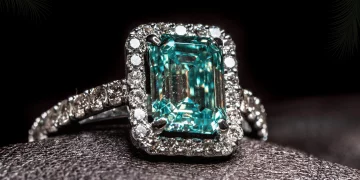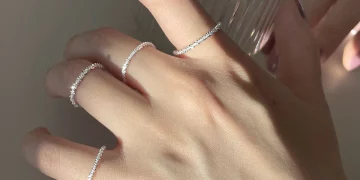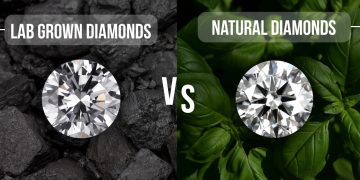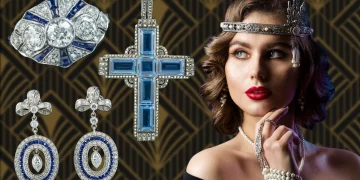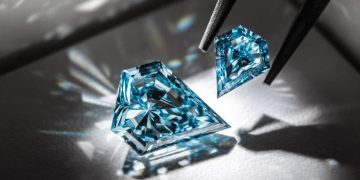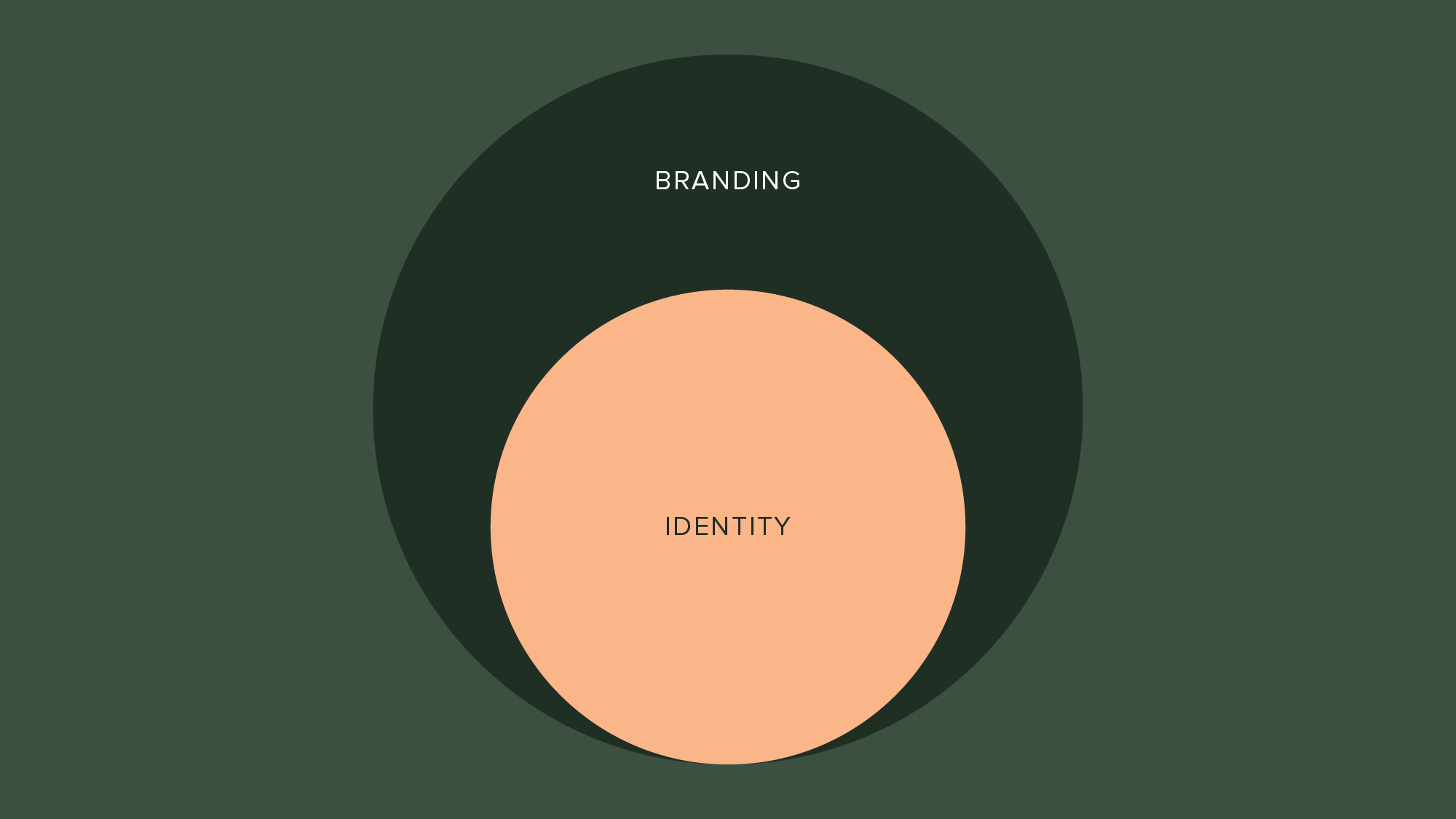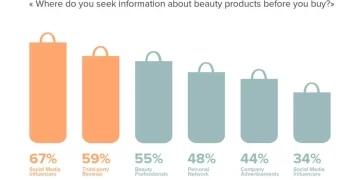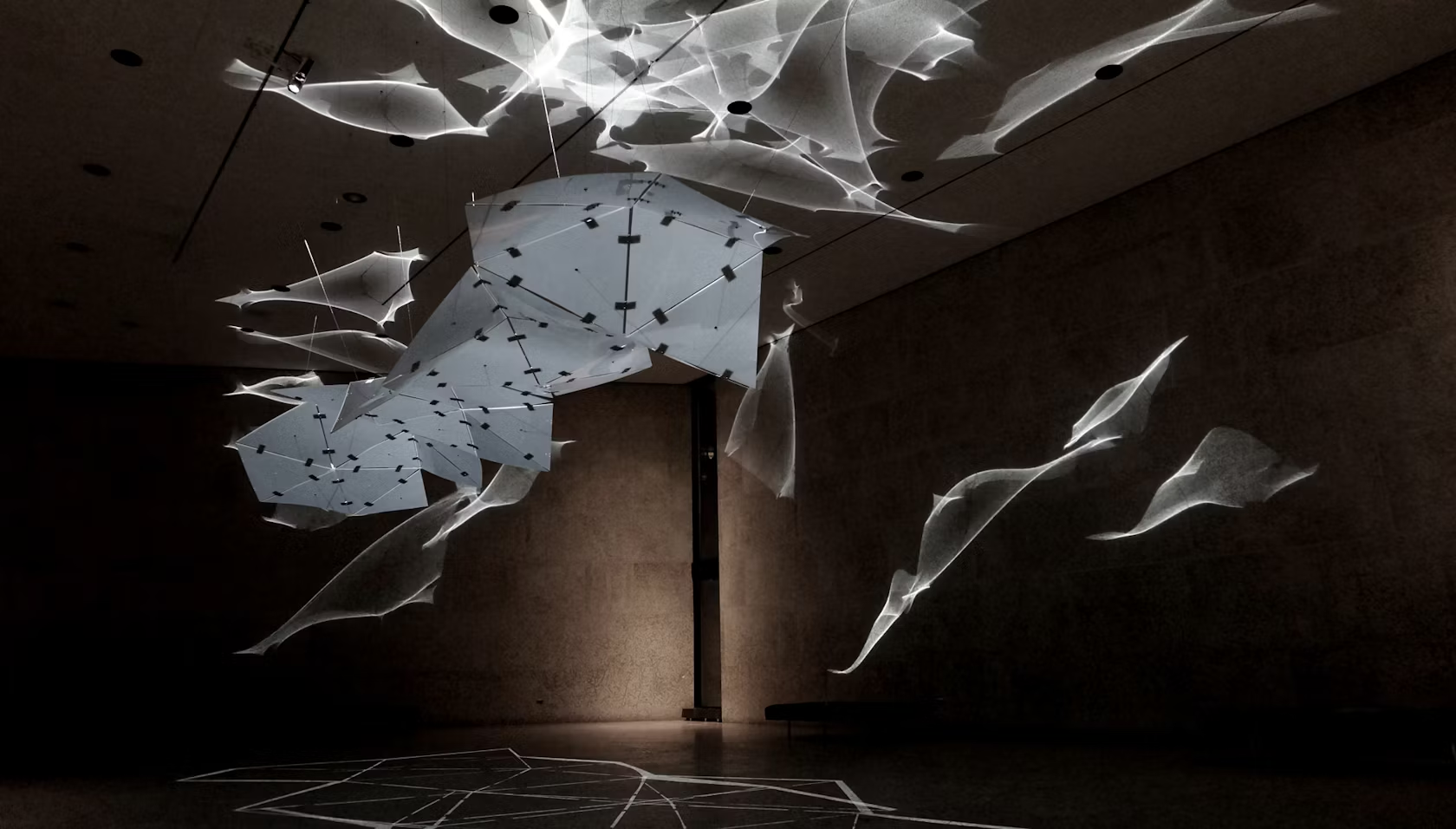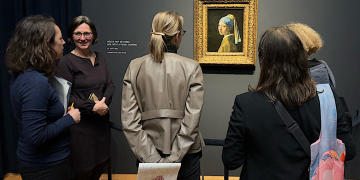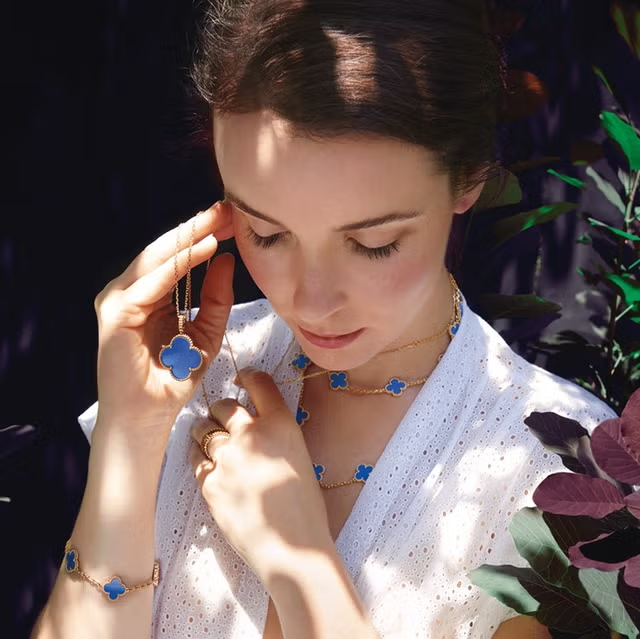Introduction
The global jewelry industry is constantly evolving, driven by changing consumer preferences, technological advancements, and economic factors. As we approach 2025, one of the most significant trends emerging in the luxury jewelry sector is the rising demand for high-end custom jewelry. Customization has long been a desire among affluent consumers seeking unique, personalized pieces that reflect their individuality and status. However, as we move further into the 2020s, the custom jewelry trend is taking on new dimensions, especially in the high-end market.
The demand for high-end custom jewelry is not merely a passing trend; it signifies a major shift in consumer expectations. In an age of mass production and rapid commercialization, bespoke jewelry offers an alluring alternative—pieces that are designed specifically for the consumer, often crafted using rare materials, cutting-edge technology, and extraordinary craftsmanship. This shift in consumer behavior is not only influencing what people buy but also how jewelry is designed, marketed, and sold.
In this article, we will explore the various ways high-end custom jewelry is set to impact the jewelry industry by 2025. We will analyze market trends, technological innovations, consumer behaviors, and how luxury brands are adapting to these changes.
1. The Rise of the Personalized Consumer Experience
Personalization in Luxury Goods
The demand for personalized and customized products has become a hallmark of the luxury goods market in recent years. For decades, high-end jewelry brands have offered limited customization options, such as engraving or selecting from pre-designed collections. However, the future of the jewelry market will be characterized by a more comprehensive and deeply personalized approach.
Consumers in 2025 will expect a high degree of involvement in the design process, making their jewelry pieces truly one-of-a-kind. This can include choosing specific gemstones, customizing the metal type, selecting unique settings, and even creating entirely new designs from scratch. Brands that offer these highly personalized services will have a distinct competitive advantage in attracting the high-net-worth individuals (HNWIs) who are driving this demand.
Impact on Brand Loyalty
Luxury jewelry brands that offer bespoke services can build stronger emotional connections with their customers. When consumers have a hand in designing their pieces, the product becomes more than just an item of adornment—it becomes a symbol of personal achievement, milestones, and values. This deepened relationship between the brand and consumer leads to greater loyalty and more significant long-term value.
2. Technological Advancements in Custom Jewelry Design
3D Printing and CAD Technology
One of the most important technological advancements that will shape the future of high-end custom jewelry is 3D printing. This technology allows designers to create highly intricate designs and prototypes quickly and with precision. For consumers, 3D printing enables faster production times and more accurate representations of what the final product will look like.
Additionally, Computer-Aided Design (CAD) technology is allowing for increasingly complex designs that were previously impossible to execute using traditional methods. These technologies also lower production costs for some designs, enabling high-end brands to offer custom jewelry options that were once out of reach for many consumers.
Blockchain and Transparency in Sourcing
Another technological trend that will likely impact the high-end custom jewelry market is blockchain technology. Blockchain provides a secure and transparent way of tracking the provenance of gemstones and precious metals, which is crucial for consumers who are increasingly concerned with ethical sourcing.
By 2025, consumers will expect to know exactly where their gemstones come from, how they were sourced, and whether they were ethically mined. Blockchain could help luxury jewelry brands provide this level of transparency, thus enhancing trust and boosting sales.
3. The Role of Sustainability in High-End Custom Jewelry
Ethical Sourcing and Eco-Friendly Materials
Sustainability is no longer a niche concern—it is a mainstream expectation. As environmental issues continue to gain prominence, consumers are becoming more conscious of the environmental and ethical impact of their purchases. For the jewelry industry, this means that high-end custom jewelry will need to incorporate sustainable practices to appeal to the modern consumer.
Sourcing conflict-free diamonds, using recycled metals, and opting for lab-grown gemstones will become the norm for high-end jewelers who want to align with consumer values. In fact, some luxury brands are already offering ethically sourced diamonds and precious metals as part of their bespoke jewelry services, and this trend is expected to expand in the coming years.
Eco-Conscious Consumers
Luxury consumers are increasingly looking for ways to balance their desire for opulence with their growing concern for the planet. High-end jewelry brands that prioritize sustainability will not only tap into a broader market but will also enhance their brand image as responsible and forward-thinking. These brands will leverage transparency and traceability to reassure customers that their custom pieces are environmentally friendly.

4. The Impact of Social Media and Digital Platforms on Custom Jewelry
The Power of Social Media in Shaping Trends
Social media platforms like Instagram, Pinterest, and TikTok have become significant influencers in the jewelry industry. Influencers, celebrities, and everyday consumers share their jewelry collections, designs, and experiences with their followers, which drives trends and influences purchasing decisions. In 2025, social media will continue to play a crucial role in how consumers discover, design, and purchase high-end custom jewelry.
Custom jewelry brands will leverage social media platforms to engage with potential customers and showcase their creative processes. Interactive features such as live-streaming design sessions, virtual consultations, and showcasing the creation of one-of-a-kind pieces will give consumers a behind-the-scenes look at the design process. This level of engagement helps build excitement and loyalty among consumers.
Virtual Jewelry Try-Ons
As augmented reality (AR) technology advances, more jewelry brands will offer virtual try-on experiences. Through smartphone apps or website platforms, consumers will be able to “try on” custom jewelry pieces before making a purchase. This technology will bridge the gap between the virtual and physical worlds, allowing customers to make more confident decisions about their custom designs without needing to see the product in person.
5. Consumer Shifts in High-End Jewelry Purchasing Behavior
Experiential Luxury
In the future, the definition of luxury will extend beyond owning valuable items to include the experiences associated with those items. High-end custom jewelry will no longer just be a product—it will be an experience that begins with the design process. Consumers will seek a deeper, more immersive relationship with the jewelry they purchase, from the initial consultation to the final delivery.
Luxury jewelry brands will enhance the buying experience by offering private showings, exclusive design consultations, and even the opportunity to watch the creation of their piece in a workshop. These experiences will help to elevate the purchase process and foster a sense of exclusivity.
Shift Toward Investment Pieces
As the high-end custom jewelry market grows, many consumers will start viewing their jewelry as long-term investments rather than mere fashion accessories. This shift will be especially important for luxury buyers who are looking for tangible assets to add to their portfolio. Custom pieces that feature rare gemstones or historical significance will become increasingly sought-after as collectible assets.
6. The Future of High-End Custom Jewelry Brands
Emerging Players and Established Brands
By 2025, the competition within the high-end custom jewelry space will intensify. Established luxury brands will need to adapt to the growing demand for bespoke services, while new and emerging players will look to carve out their niche in the market.
New entrants may find success by offering unique selling propositions (USPs) such as hyper-personalized experiences, faster delivery times, or a focus on sustainable materials. On the other hand, established luxury brands will need to balance their heritage with the need to innovate and cater to the desires of modern consumers.
Conclusion
As we look toward 2025, high-end custom jewelry is poised to significantly impact the global jewelry market. With growing demand for personalization, advancements in technology, an increasing focus on sustainability, and the changing dynamics of consumer behavior, the jewelry industry is entering a transformative era. Luxury brands that embrace these trends and adapt to the evolving expectations of their customers will thrive in the competitive landscape, while those that fail to innovate may struggle to maintain their relevance.
The future of high-end custom jewelry lies not just in the jewels themselves but in the experiences, relationships, and values that they represent. As this market grows, it will continue to shape the future of luxury, making jewelry more personal, meaningful, and connected to the changing world around us.

